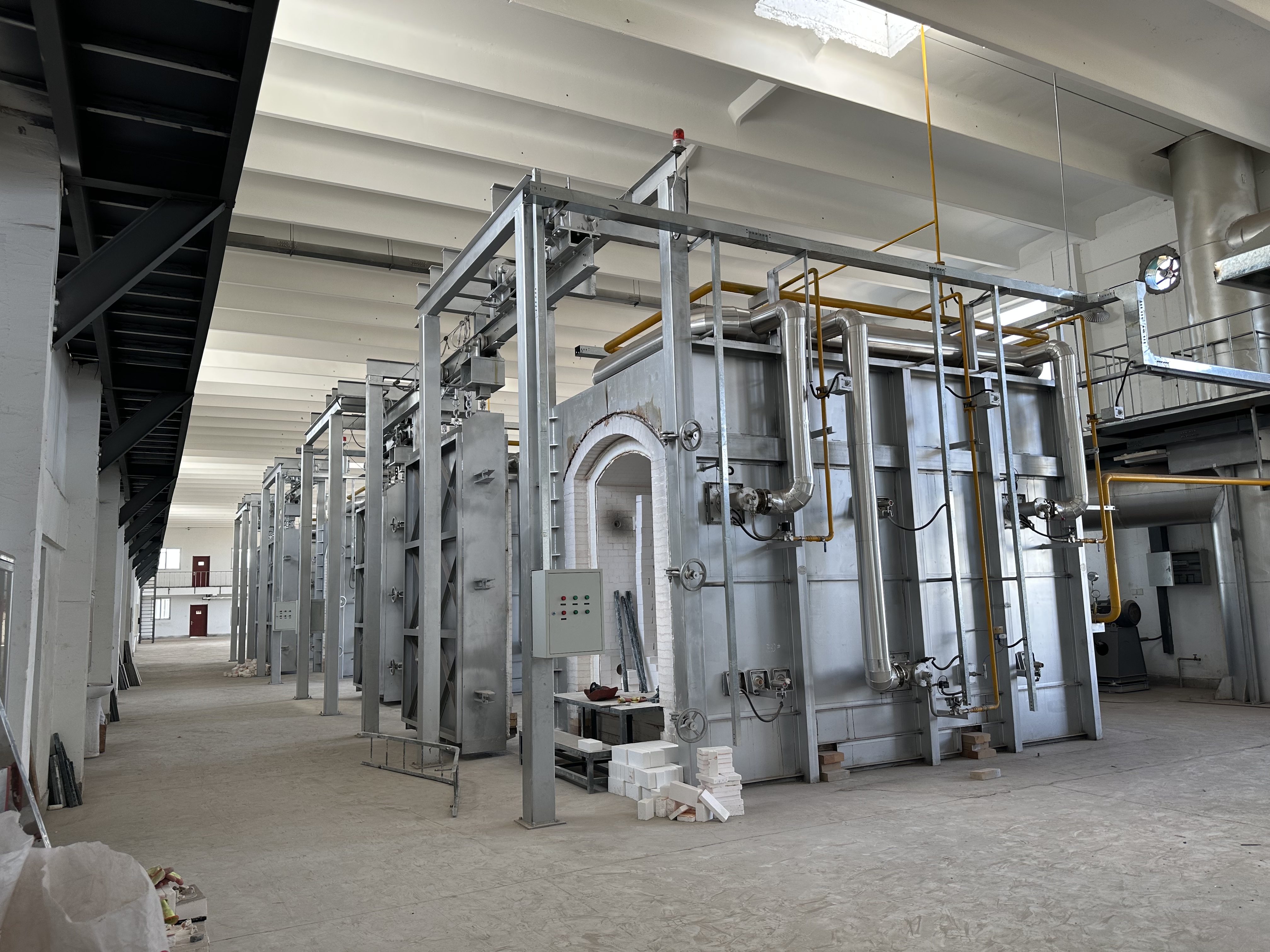Latest Developments in the High-Alumina Ceramic Industry: Innovation and Market Opportunities Coexist

In recent years, high-alumina ceramics (Al₂O₃ content ≥99%) have emerged as a core material in high-end fields such as new energy, aerospace, and electronic semiconductors, thanks to their superior heat resistance, wear resistance, electrical insulation, and chemical stability. Driven by global industrial upgrading and tightening environmental regulations, the industry is experiencing rapid growth. Below, we summarize the latest trends from four dimensions: technological innovation, market demand, policy support, and international cooperation.
1. Technological Innovation Accelerates Industrial Upgrading
In 2023, the Shanghai Institute of Ceramics, Chinese Academy of Sciences, developed a high-precision alumina ceramic 3D printing process. By optimizing laser sintering parameters, the efficiency of forming complex structures was increased by 40%, with costs reduced by 30%. This technology has been applied to aerospace engine nozzle liners and medical bone implants.
Case Study: Hunan Hualian Ceramics, in collaboration with Germany’s EOS, developed customized alumina ceramic denture bases with micro-meter-level precision.
Universities and enterprises have jointly developed "alumina + silicon carbide (SiC)" nano-composite ceramics, achieving a flexural strength exceeding 1,500 MPa—twice that of traditional materials. These are used in 5G base station filters and semiconductor wafer cutting tools.
Data: According to Advanced Ceramics journal, the global market for nano-composite alumina reached $2.8 billion in 2023, with an annual growth rate surpassing 15%.
2. New Energy and Electronics Drive Market Expansion
With China’s EV sales hitting 3.86 million units in 2023, demand for high-purity alumina-coated separators has surged. Companies like Tianshi Materials and Xinchuang have introduced "alumina ceramic coating + polyolefin" composite separators, reducing battery thermal runaway risks by 40%.
Forecast: The global market for alumina in lithium battery separators is projected to exceed $12 billion by 2025.
2. Semiconductor Equipment Localization
Amid U.S. export restrictions on semiconductor equipment, Chinese firms like Mindray and NAURA have accelerated R&D on alumina ceramic substrate etching tools, breaking Japan’s Shin-Etsu dominance. Domestic equipment is now pilot-produced for 28nm chip manufacturing.
3. Policy and Industrial Collaboration Strengthen the Ecosystem
The MIIT’s Guideline for the Development of New Materials Industry lists high-purity alumina cramic as a key "14th Five-Year Plan" priority, eligible for a 13% value-added tax rebate.
The Ministry of Science and Technology allocated over ¥500 million for the "High-Performance Alumina-Based Composite Materials" national R&D project under its "14th Five-Year Plan."
4. Green Manufacturing and Sustainability
Shandong LuYang Energy adopted "natural gas gradient combustion + waste heat recovery" technology, reducing ceramic firing energy consumption from 3.2 tons of standard coal/ton to 1.8 tons, cutting carbon emissions by 37%. Its products now qualify for EU Carbon Border Adjustment Mechanism (CBAM) certification.
Aluminum Corporation of China (Chinalco) launched a "recycled alumina ceramic regeneration" project, achieving a 92% recycling rate for scrap ceramics. Regenerated alumina (99.5% purity) is now used in refractory materials.
5. International Cooperation and Barrier Breakthrough
Japanese Kyocera acquired U.S.-based CeraSet for $120 million, securing patents for microwave dielectric ceramics (εr >100) to accelerate 5G infrastructure development.
2. Global Standard Leadership
China-led ISO/TAS 25852-2023: High-Purity Alumina Ceramic Materials was published in June 2023, filling a global technical standard gap and enhancing China’s bargaining power in international procurement.
With emerging applications in solid-state batteries, sixth-generation semiconductors, and commercial aerospace, the high-alumina ceramic industry will continue to advance toward high-end, intelligent, and sustainable development. By 2030, the global market is expected to exceed $80 billion, with China potentially capturing 40% of the share its complete industrial chain and innovation capabilities.
High-alumina ceramics are not only a breakthrough in materials science but also a cornerstone of China’s strategic emerging industries. Driven by technological advancement and market demand, Chinese enterprises are shifting from "followers" to "leaders" in the global high-end ceramic material competition.

